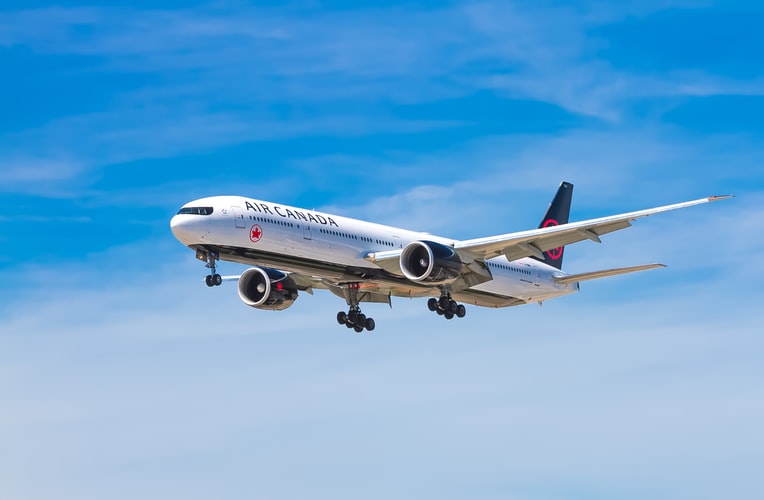24 Oct 2019 The Man With The Heavy Tattoos

Image credit: Clem Onojeghuo on www.unsplash.com
The Man With The Heavy Tattoos
In this series of posts, I will share real-life cases from my experience as an Executive Coach.
If you found this article is of value, please share it with your team and colleagues.
If you would like to explore how you and your team can benefit from Executive Coaching, please contact me at Uri@thewilltochange.com
The Case Story
It was 4:30 PM on a stormy Friday afternoon at the Philadelphia International Airport. The airport was teeming with businesswomen and men heading home after a long work week in Philly. I was one of them. For the past several years I have been flying into Philadelphia on Sunday evenings and flying back home on Friday afternoons. As some of you may know, Philadelphia International is notorious for its delayed flights, which made many of my Fridays nights exceedingly frustrating.
On that particular stormy Friday, many of us, experienced flyers, knew what was coming. And indeed, at around 5:00 PM all airlines announced that the airport was closed until the storm passes over the area, at which time flights will resume.
As you can imagine, within 10 minutes all the restaurants and bars in the airport were filled to capacity. Fifteen minutes later, when I finally decided that I could benefit from a beer, it was too late. There was no open seat to be found in all the restaurants and bars. After a roaming bar after bar, I arrived at the last bar farthest from my original gate.
As I peeked inside the place, I noticed that all the seats were taken except for one seat, the second seat from the far-right end of the bar, near the cash register. When I looked at the last seat on the far right, I understood why no one wanted to take the open seat. The last seat was occupied by a guy whose head, face, neck, and arms were covered with tattoos, and rings pierced his earlobes, nose, and eyebrows – much like the person in the photo above.
This will be an interesting couple of hours, I thought to myself, as I approached the empty seat.
One the one hand, my built-in bias was telling me “a story” about the type of person this guy was. On the other hand, my natural curiosity for people motivated me to explore and learn about him.
Two minutes after my beer arrived the guy asked me in a surprisingly pleasant voice: “Where are you flying to?” I explained that I was headed home for the weekend, and asked: “Where are you flying to?”. “I am flying to Amsterdam.” He said. “I am going to a conference on Artificial Intelligence. I am a software developer and I specialize in AI.”
At that moment all my biases and preconceived notions about the guy with the heavy tattoos melted away. “My name is Uri.” I introduced myself. “I am Derrick,” he said. We turned our chairs towards each other and we engaged in a fascinating conversation about our work and our lives (primarily his work and his life.)
My Lesson Learned About Diversity and Bias

Image credit: Ethan McArthur on www.unsplash.com
Three hours later, once I was seated in my seat on the way home, I closed my eyes and reflected on my experience with Derrick.
Naturally, I said to myself, we all have biases. Our brains are hard-wired that way. Our genetic makeup draws us closer to our family, our keens, and our tribes. We feel safer with them, we find a common language and draw comfort from sharing our common experiences.
But some of us are more easily attracted to people of other backgrounds, countries, accents, cultures, value systems, and experiences.
Personally, I am naturally curious about people from other countries and cultures. I have “finely-tuned ears” that try to guess their accents, and if I guess right, it becomes an immediate conversation starter. I found that these experiences enrich me.
Over the years, I’ve learned that my openness and curiosity towards people from different backgrounds, helped me build more diverse and inclusive work teams, who respected, trusted, and collaborated with each other, in a quest to deliver better outcomes for the organization and for themselves.
Developing Awareness and Sensitivity
I believe that it is our responsibility as leaders to develop awareness, sensitivity, curiosity, and openness toward people from other backgrounds within our works places, and in our lives.
We can do this by actively inviting all members of our team to share aspects of the culture, values, customs, and languages.
We should encourage our team members to understand the unique value that each team member can bring to bear, specifically because of their different backgrounds.
*******************************
If you found this article is of value, please share it with your team and colleagues.
If you wish to further explore how Executive Coaching can benefit your team, please do not hesitate to contact me at Uri@thewilltochange.com
To read other articles in the Leadership series, please visit https://thewilltochange.com//blog-and-tools/execu-blog/
Best regards,
Uri



